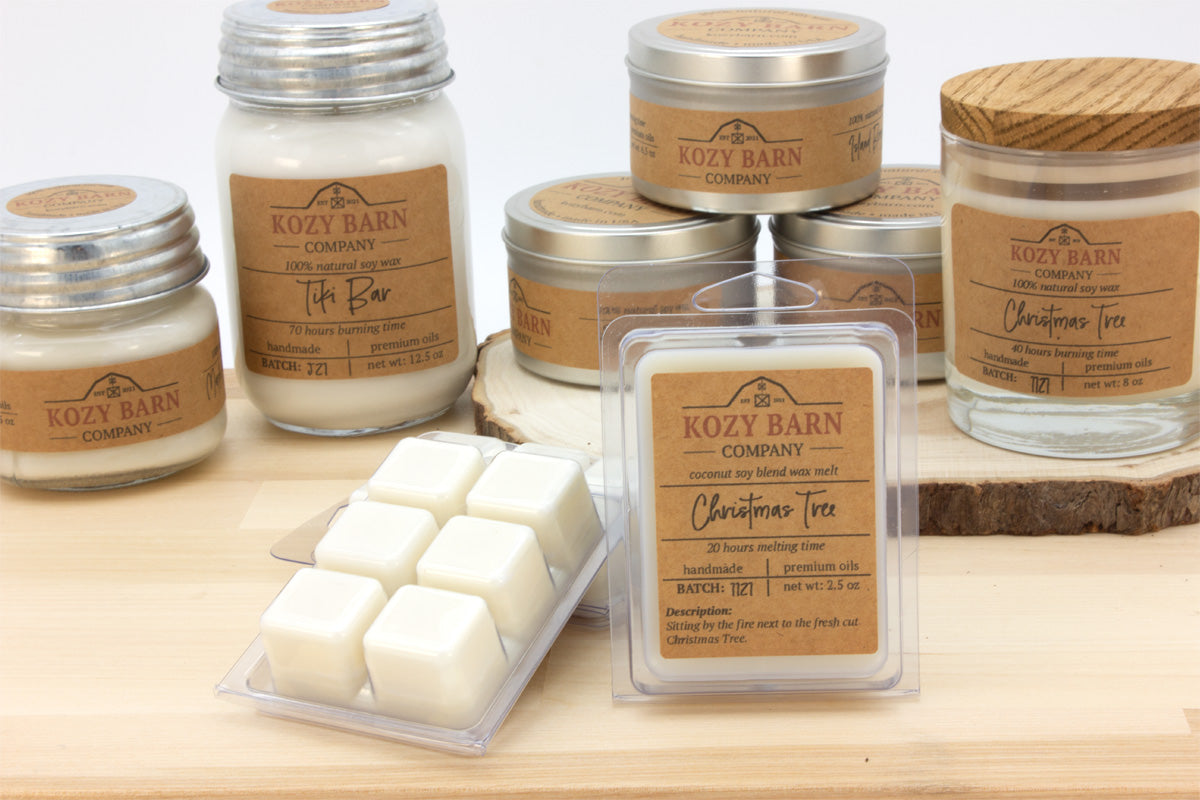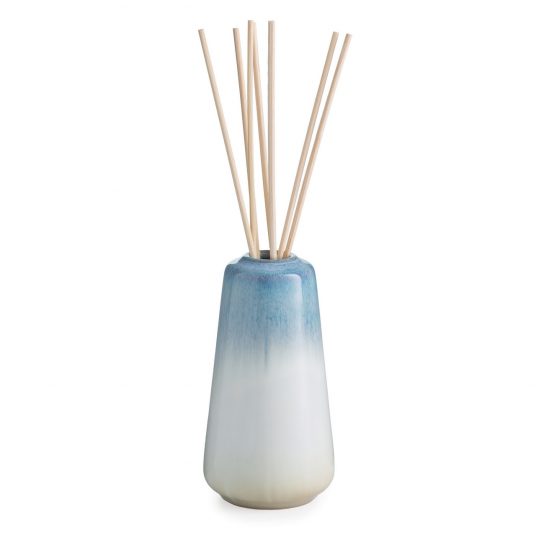Soy Wax vs. Paraffin Wax: Which is the Better Choice for Candles?

When it comes to choosing the perfect candle, the type of wax used plays a significant role in determining not only the candle's quality but also its environmental impact and potential health effects. Among the various options available, two popular choices are soy wax and paraffin wax. In this blog post, we'll delve into the differences between these two types of wax to help you make an informed decision.
1. Composition:
- Soy Wax: Derived from soybean oil, soy wax is a natural, renewable resource. It's biodegradable and free from the toxins and pollutants often associated with petroleum-based products.
- Paraffin Wax: Paraffin wax, on the other hand, is derived from petroleum, a non-renewable resource. It undergoes extensive processing, which may involve the use of additives and chemicals. This raises concerns about potential harmful emissions when the candle is burned.
2. Environmental Impact:
- Soy Wax: Being plant-based, soy wax is considered more eco-friendly than paraffin wax. Its production involves fewer greenhouse gas emissions and has a lower overall environmental footprint.
- Paraffin Wax: The extraction and processing of petroleum for paraffin wax production contribute to environmental degradation and dependence on fossil fuels. Additionally, paraffin candles may release harmful chemicals such as benzene and toluene when burned, contributing to indoor air pollution.
3. Performance:
- Soy Wax: Soy wax candles typically burn cleaner and slower than paraffin candles, resulting in a longer-lasting candle with less soot and smoke.
- Paraffin Wax: Paraffin candles may burn faster and hotter than soy candles, but they can also produce more soot and smoke, leading to potential respiratory irritation and staining on walls and surfaces.
4. Scent Throw:
- Soy Wax: Soy wax has a good scent throw, meaning it effectively disperses fragrance throughout a room. Its natural properties allow it to hold onto essential oils and fragrances, enhancing the overall aroma of the candle.
- Paraffin Wax: While paraffin wax can also provide a strong scent throw, some argue that soy wax candles offer a cleaner, more authentic fragrance experience due to their natural composition.
5. Price:
- Soy Wax: Soy wax candles are often perceived as more expensive than paraffin candles due to the higher cost of soybean oil and the production process. However, the longer burn time and eco-friendly credentials may justify the higher price for many consumers.
- Paraffin Wax: Paraffin wax candles are generally more affordable due to the lower cost of petroleum-derived wax. However, when considering long-term value and environmental impact, soy wax candles may offer better overall value.
Conclusion: In the soy wax vs. paraffin wax debate, soy wax emerges as the more environmentally friendly and health-conscious choice. Its natural composition, clean burn, and sustainable sourcing make it a preferred option for eco-conscious consumers. While paraffin wax candles may offer a lower upfront cost and strong scent throw, they come with potential health and environmental concerns that cannot be ignored.
Ultimately, whether you choose soy wax or paraffin wax candles depends on your priorities and values. However, considering the growing awareness of sustainability and health, soy wax is gaining popularity as the go-to choice for candle enthusiasts seeking a cleaner, greener alternative.


Leave a comment